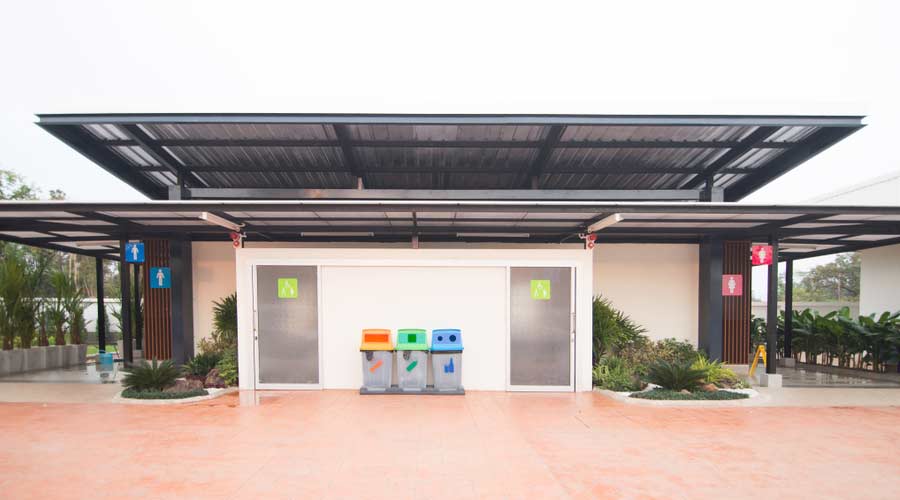
Few challenges have befuddled hourly workers and created a long-lasting challenge than maintaining the cleanliness and appeal of gas station restrooms. These largely utilitarian facilities (being honest), have often been overlooked in the grand scheme of history, but there is a fascinating tale to tell about the evolution of cleanliness standards, customer expectations, and popular hygiene when it comes to Americans taking to the open road.
Humble Beginnings
The history of gas station restrooms is closely tied to the fast-exploding emergence of automobiles in the early 20th century. As more and more people began to take to the roads, gas stations (filling stations, whatever the preferred nomenclature) quickly sprung up to cater to the needs of hungry, thirsty and tired travelers (and make some money). In those early days, these facilities were rudimentary at best, often consisting of little more than a pit toilet or an outhouse — if one was lucky. Cleanliness was certainly not much of a priority, and restrooms were rarely maintained to standards that could be considered modern.
Post-World War II
The post-War era marked a significant turning point in the cleanliness and upkeep of gas station restrooms, along with...well, a lot of things. With the oncoming economic boom, the emerging suburbs, and increasing commutes, gas stations almost had to modernize their facilities. Enter flush toilets, running water, and basic amenities becoming the normal expectation. However, maintaining cleanliness was still a challenge, with a limited sanitation infrastructure, inexperienced workforce, and fewer cleaning tools available.
Convenience Stores
Eventually, in the 1960s and 1970s, the concept of convenience stores began to catch on. Many gas stations started to integrate these stores into their own operations, which had previously infrequently included restroom facilities for customers. Thus, the public began to see notable improvement in the quality of gas station restrooms. Cleanliness, in fact, became a selling point to attract customers. Clean restrooms started to become something of a competitive advantage, with businesses vying to provide the most inviting and sanitary facilities — even resulting in what was called the restroom wars.
Regulation Coming
Then, in the late 20th century, gas stations dealt with the introduction of environmental and health regulations that made a big impact on gas station restrooms. Regulations such as the Clean Water Act and the Americans with Disabilities Act (ADA) resulted in higher standards for sanitation and accessibility. Many gas stations were forced to upgrade their restroom facilities to comply with these laws, which led to more hygienic and accommodating restrooms for all customers and set the perception that permeates today.
Modern Times
Gas station restrooms have come a long way from their humble (and grimy) beginnings. They are often equipped with advanced technological fixtures, automatic hand dryers, and improved ventilation systems to help combat odors. The focus on cleanliness is greater than ever, many facilities have dedicated cleaning crews and perfunctory cleaning schedules (look on the back of the door, sometime). Some gas station chains even take pride in their restroom quality, using cleanliness ratings as a marketing tool.
What’s Next
Technology makes things easier, but challenges persist in maintaining gas station restrooms. High traffic, limited space, and a constant flow of travelers means the struggle is never over. Thus, innovation. Any trade show showcases tools such as touchless fixtures and self-cleaning toilets, odor control and inventory management devices, and more. Working smarter, not harder, is the goal.
posted on 10/20/2023

 Celebrating BSCAI's 60th Anniversary eBook
Celebrating BSCAI's 60th Anniversary eBook The Down and Dirty on Cleaning in Virus Season
The Down and Dirty on Cleaning in Virus Season How Surfactant Use is Expanding in Commercial Cleaning
How Surfactant Use is Expanding in Commercial Cleaning